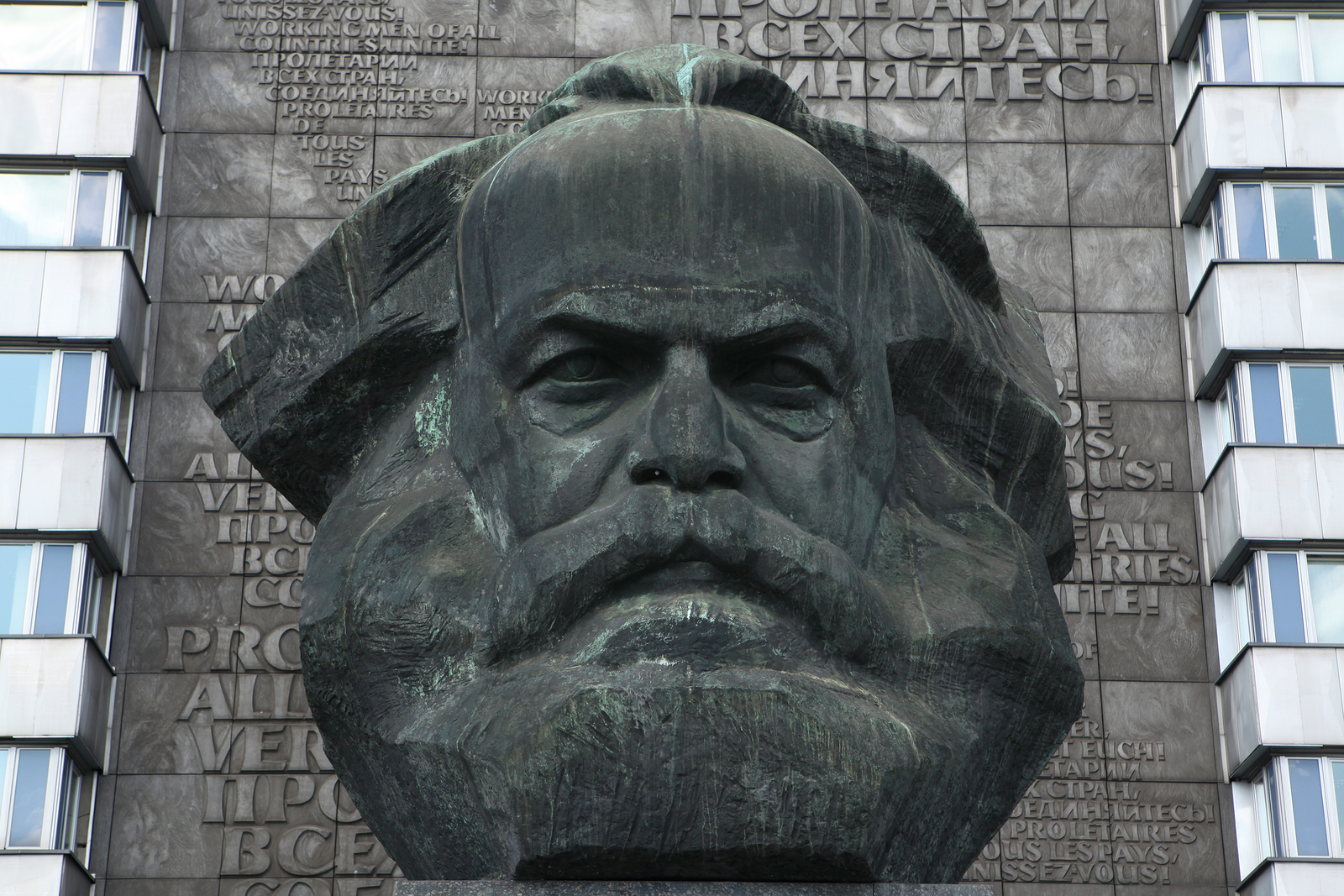
Bernie Sanders campaign proves americans are willing to be more socialist.
The “S” Word
Americans are dissatisfied with the state of the economy – a topic that is bound to receive considerable attention this election season. In explaining why GDP and wage growth are not what they might be, both parties can be counted on to blame the usual bogeymen: Republicans will point to burdensome regulations, high income taxes, and a punishing corporate tax rate, while Democrats will point to insufficient government stimulus, an under-funded education system, and greedy CEOs and corporations. But what neither party can be expected to scrutinize is the economic system itself.
Of course, such a criticism rarely enters the political discourse today, and for a number of historical reasons (e.g.: both the oppression and co-optation of socialists prior to World War II, the stigma attached to socialism during the Cold War, rising living standards in recent decades). But it is important not to forget that America had a strong socialist and radical tradition for nearly a century, one that enabled the election of socialist mayors, state legislators, and members of Congress. Even some of the most revered founders of the country supported proto-socialist policies: Thomas Paine, for instance, outlined a welfare-state system that today would be described as social democratic in nature; Washington favored profit-sharing among a firm’s workers; and Jefferson supported the distribution of land so as to economically empower all citizens.
But regardless of why the socialist critique is marginal today, such a critique – especially one informed by the insights of Karl Marx – helps to explain many of the fundamental problems that ail the U.S. economy. Whether it is the stagnation of wages, the displacement of workers through automation, wealth and income inequality, or the capture of political power by the economic elites, each of these phenomena can be explained not as anomalies of the capitalist system, but as predictable features of its function and evolution.
The Socialist Critique
The critique begins with a theory of history: during the transition from feudalism to capitalism, land that was worked collectively was overtaken by the new capitalist class (a process called “primitive accumulation”). Those dispossessed workers then made a living by selling their most lucrative resource: their labor.
Yet under this new capitalist arrangement, workers are not paid in full. Instead, the capitalist withholds payment for some of their productive output (“surplus value”) in order to turn a profit. Some of this surplus is then re-invested in the form of technology: capitalists realize that in order to stave off competition, they have to produce goods more cheaply (thus creating “relative surplus value”).
Yet this natural reaction has several negative consequences for the owners of business. First, since the input of workers – their labor – is the basis of value and thus the source of profit, the increasing reliance on technology (called a rise in the “organic composition of capital”) means there is relatively less labor to exploit in order to create profit. Moreover, as technology becomes more diffuse among competitors, capitalists must turn to more extreme measures to stay in business, such as by having employees work harder (to create “absolute surplus value”), or by reducing costs, such as through depressing wages and laying off workers. In the long run, Marx claimed, this general race to the bottom would cause the rate of profit to tend to fall and would contribute to economic breakdown.
Where We Are
In many ways, Marx’s theory speaks to the state of the economy today. Over the last several decades, the adoption of technology has led to greater productive efficiency: since 1973, productivity has increased almost 75 percent. Yet this has not translated into correspondingly higher wages: between 1973 and 2013, the wages of middle-wage workers increased by 6 percent, and the wages of low-wage workers fell by 5 percent. (The wages of high-earners, those in the 95th percentile, rose 41 percent.)
Moreover, Americans are working longer hours. Between 1979 and 2007, the average number of hours worked increased by 11 percent (highest among low-wage workers, followed by middle-wage workers). In 2014, Gallup reported that full-time salaried employees worked 49 hours each week and full-time wage employees worked 44 hours per week. Americans work more hours per year than those in most industrialized nations, including Japan, the U.K., Sweden, and Germany.
Yet despite Marx’s claim about the tendency of the rate of profit to fall, corporate profits in the United States have managed to avoid a steady decline. In fact, while the American economy has experienced a lackluster recovery from the Great Recession, corporate profits, CEO pay, and the stock market – indices of the well-being of the ultra-wealthy – have hit all-time highs in recent years.
These figures reflect to what extent the functioning of the economy (and how we measure its health) have been skewed – as Marx predicted – in favor of those who benefit from it most. For the last several decades, those with economic power have managed to secure the passage of policies (often with bipartisan support) that have hurt the working and middle classes, including the adoption of trade deals with insufficient protections for workers, the toleration, since Reagan, of job-killing anti-trust practices, and tax policies and loopholes that reward the wealthy and burden workers.
